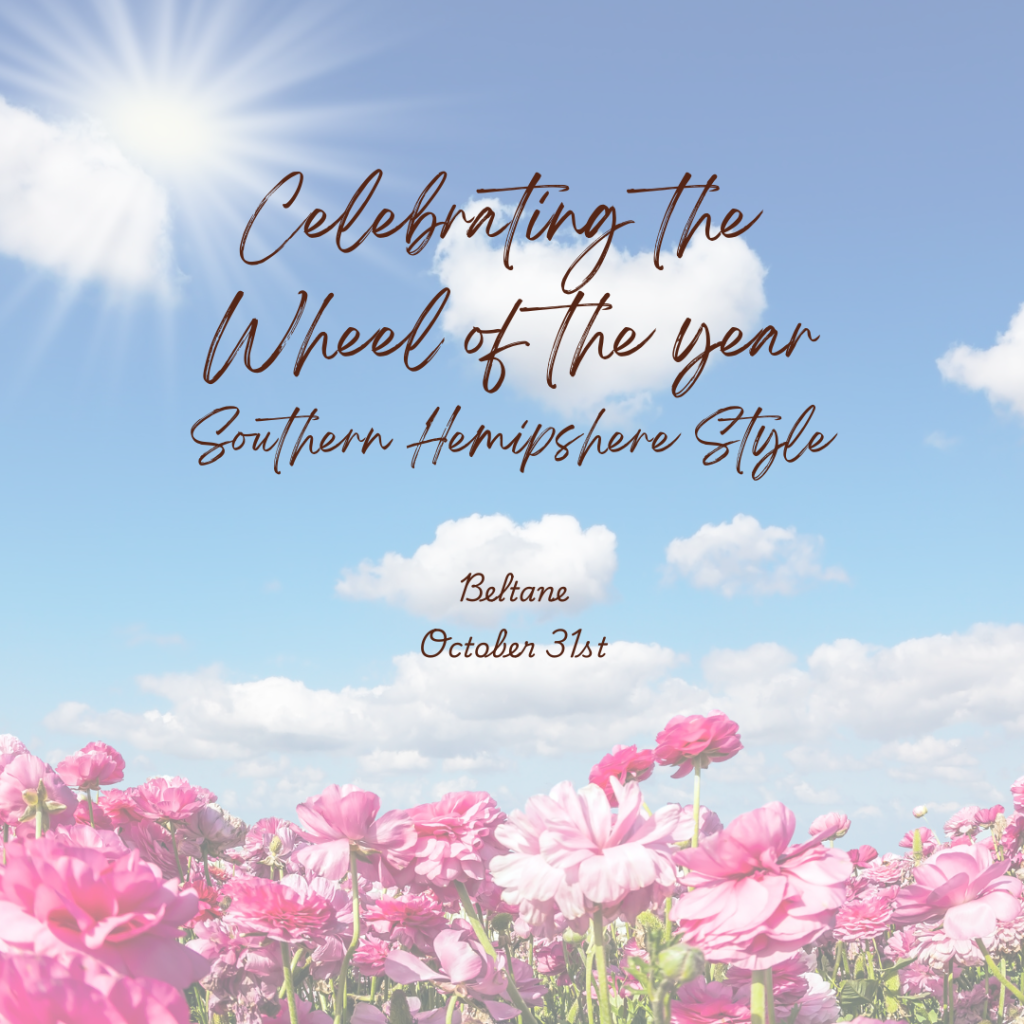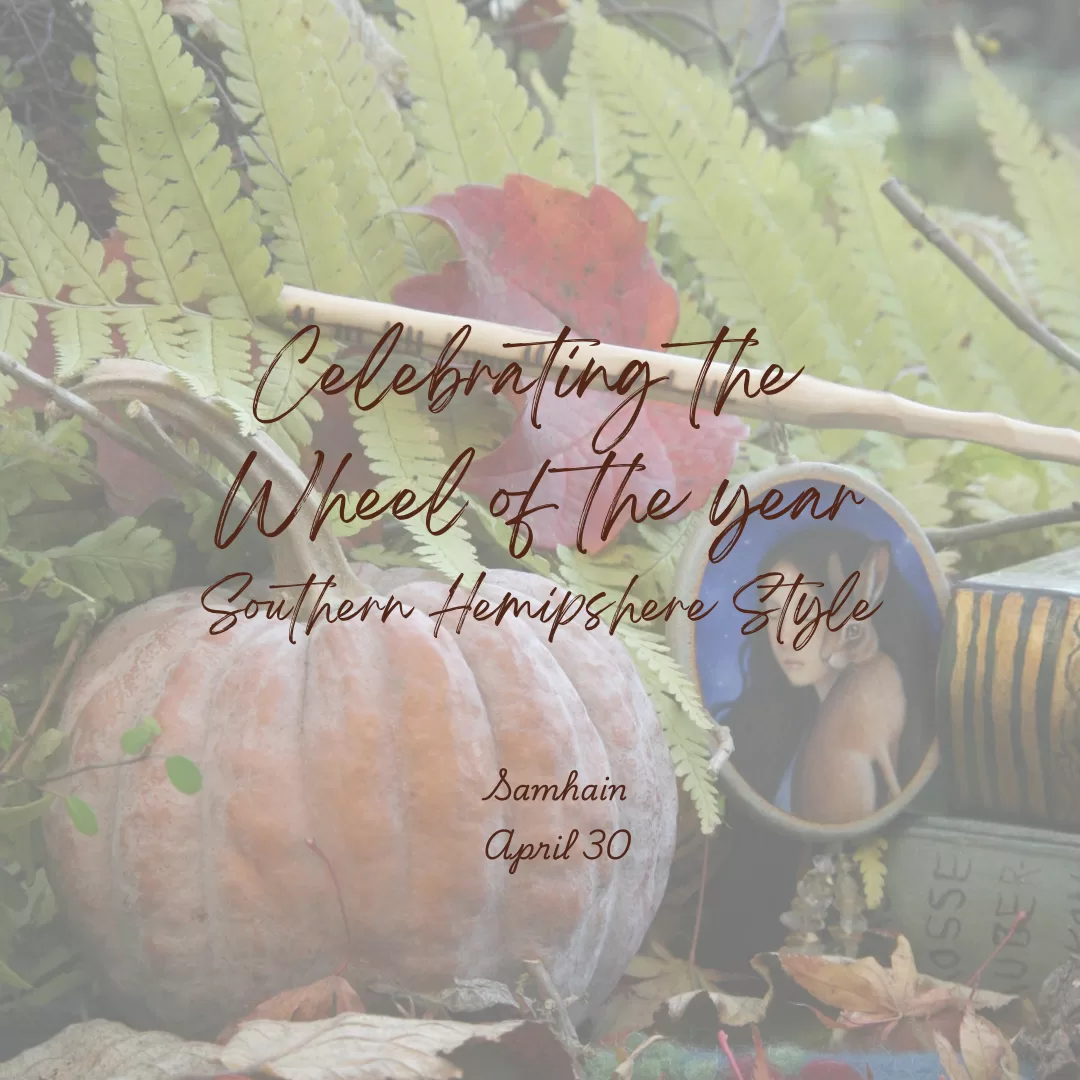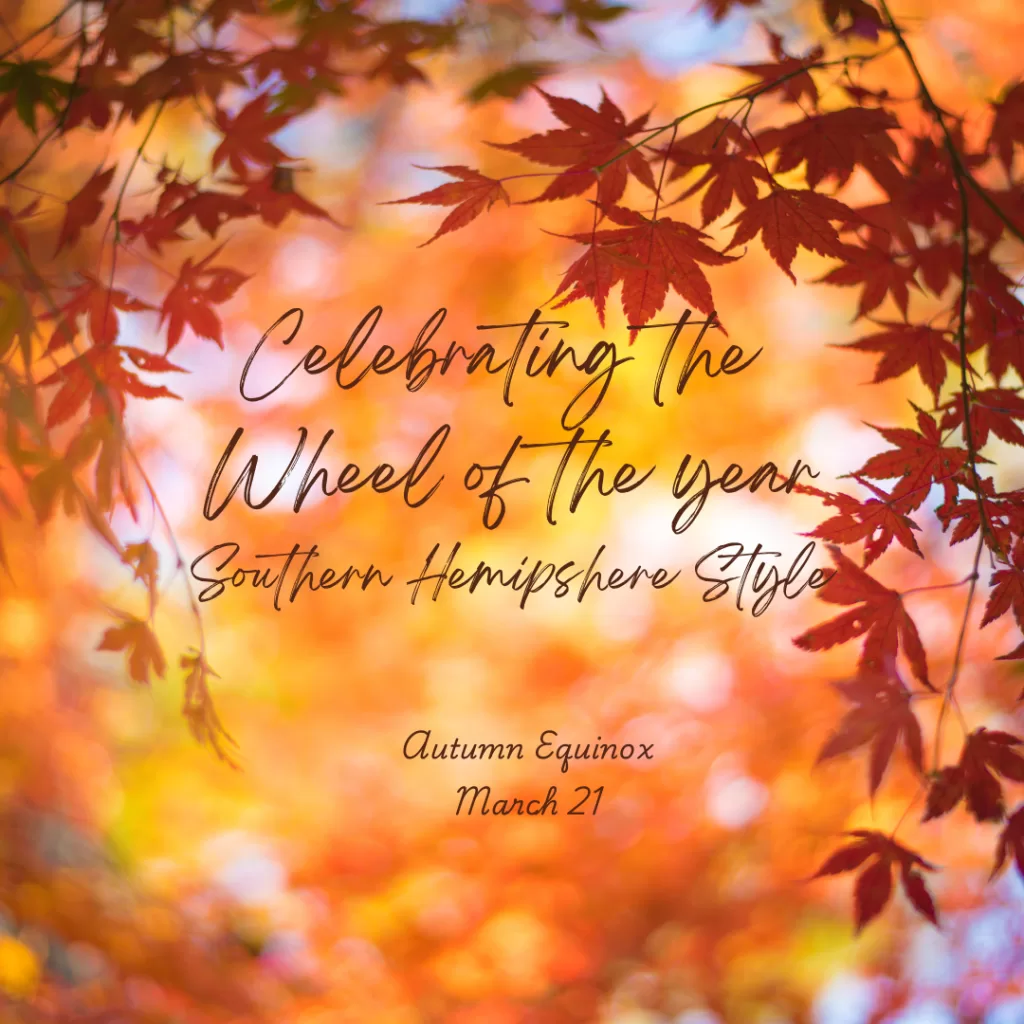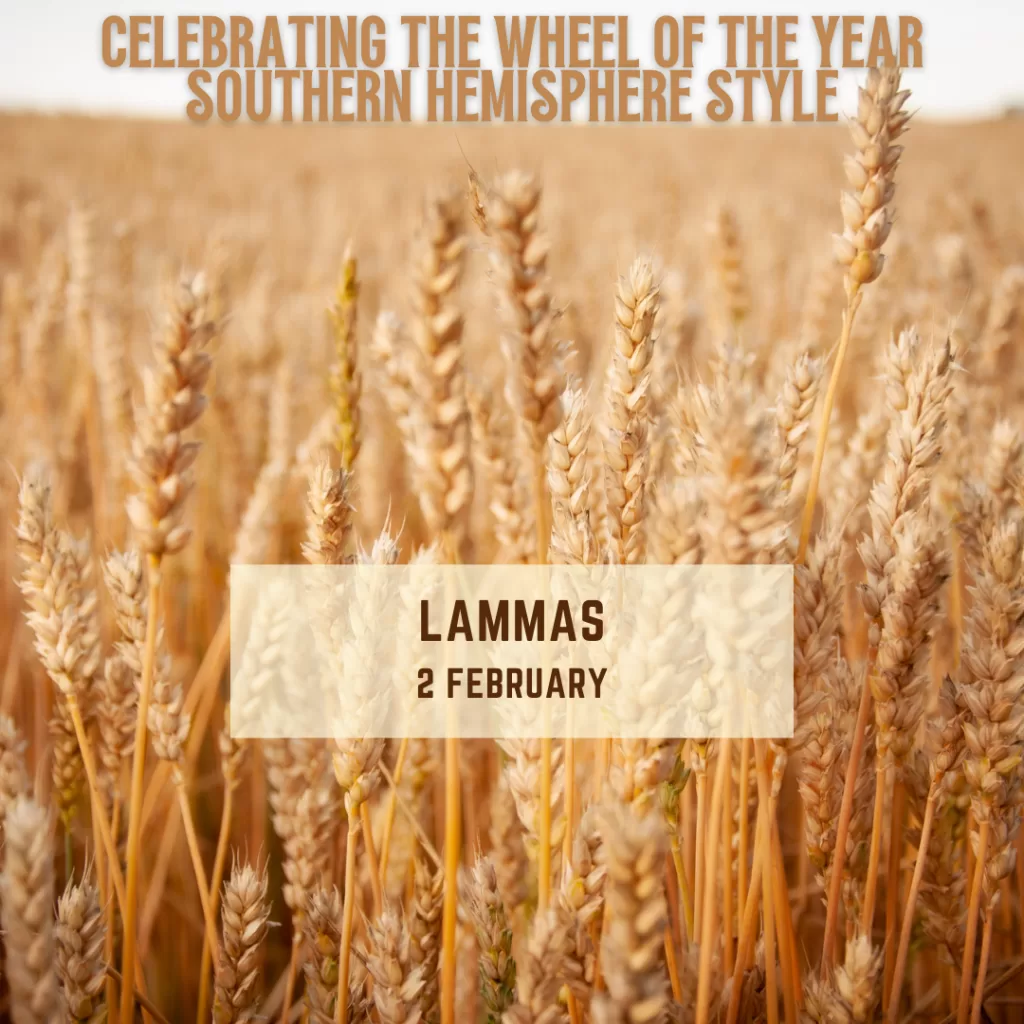
As the wheel of the year turns once more, Beltane rises in a blaze of colour, scent, and sensual vitality. In Australia, this festival falls around October 31st to November 1st — a time of riotous growth, warmer days, and the promise of summer just over the horizon. While our friends in the Northern Hemisphere are descending into shadow and celebrating Samhain, we’re lighting our fires to honour life in full bloom.
Beltane (pronounced BELL-tayn) is one of the eight Sabbats in the Wheel of the Year — the festival of fertility, passion, creativity, and connection. It sits opposite Samhain, forming a balance between beginnings and endings, birth and death.
Traditionally celebrated by the Celts as a fire festival marking the beginning of summer, Beltane honours the union of Earth and Sky – the Goddess and the God – in the sacred dance of creation. In modern witchcraft and pagan practice, it’s a time to celebrate love, abundance, sensuality, and the vibrant pulse of life itself.
Beltane Correspondence
Other Names: May Day (in the Northern Hemisphere), La Bealtaine (Old Irish, meaning “bright fire”), Cetsamhain (meaning “opposite Samhain”), Festival of Fire and Flowers (a modern Southern Hemisphere adaptation)
Deities: The Green Man, Flora, Aphrodite or Venus, Pan, Brigid, Cernunnos.
Colours; Green, Red, Yellow, Pink, White
Symbols: bonfires, Maypoles, flowers & garlands, rabbits & hares, ring & circles
Foods: honey cakes, oat cakes, breads, fresh fruit, dairy, seasonal salads. For an Asutralian spin, drizzle local honey on wattleseed bread.
Drinks: Mead, fruit punch or cider, herb teas (rose, mint, chamomile), Elderflower cordial
Ways to Celebrate Beltane in Australia
Whether you’re a solitary witch or part of a circle, here are some beautiful ways to mark the festival:
- Light a Fire. If it’s safe to do so, light a bonfire or candle to honour the sun’s power and the fire of creation. Write intentions for passion, growth, or love and cast them into the flames.
- Create a Flower Crown. Gather fresh flowers (or native blossoms) and weave them into a crown – wear it as a symbol of your connection to nature’s abundance.
- Dance or Drum. Movement is sacred at Beltane! Dance around a fire, drum to your heartbeat, or spin ribbons around a small maypole.
- Celebrate Love. Spend time with your partner or friends – Beltane celebrates love in all forms. You might bless your relationship, renew vows, or simply share a heartfelt meal.
- Decorate Your Altar. Use symbols of fertility, love, and fire – flowers, candles, ribbons, shells, crystals like carnelian, rose quartz, and green aventurine.
- Garden Magic. Plant seeds or herbs with intention. Beltane is a powerful time for fertility magic, creativity, and nurturing growth – in both the soil and your spirit.
- Make an Offering. Leave a simple offering to the Earth – honey, flowers, or water – as thanks for the bounty of the land.
Our plans
The kiddos are heading out to do trick or treating with their friends. The other half and I will most likely have a movie date night at home. I’m thinking I’ll plant some seeds but will be bringing them inside as our greenhouse was damaged during a recent storm.
Final Thoughts
Beltane is a celebration of life at its fullest – a reminder to embrace joy, passion, and connection. In the Southern Hemisphere, it’s our time to revel in warmth and abundance, to honour both the wildness of nature and the beauty of love in all its forms.
So light your fire, dance beneath the stars, and let your spirit bloom with the season.







